Crop Insurance Options For Farmers Affected by Flooding or Excess Moisture
May 24, 2019 – USDA’s Risk Management Agency (RMA) reminds producers who have federal crop insurance coverage and are unable to plant a crop because of flooding or excess moisture to contact their crop insurance agent to discuss available prevented planting options. Crop insurance agents can discuss available options on when and how to file a claim related to prevented planting. Brian Frieden, Director of RMA’s Springfield Regional Office, urges producers who are unable to plant their crop by the final planting date or who need to replant acreage to contact their crop insurance agent. Producers who are prevented from [...]
Early Season Foliar Feeding of Soybeans
The use of foliar fertilizers has been steadily increasing in recent years. I believe this is due to the drive to reach higher yields by more efficiently managing soybeans. I’ve seen some positive results using a program that can also be incorporated in a post spray pass to increase early season growth and aid plant health. For example, the combination of a ZMB (zinc-manganese-boron) product such as Helena® Axilo® BMZ along with a PGR called Receptor® can stimulate early season growth and root development. The sooner a plant gets off to a good start, the better. It generally out-yields [...]
Corn vs. Soybeans: Which Benefits From Early Planting The Most
Most growers have been pushing the planting envelope earlier and earlier, of course weather permitting. However which crop, corn or soybeans, benefits more from early planting? The diehard corn growers out there will probably vote that corn yields benefit more from early planting because the yield penalty for late planting can be greater. However, those who study soybean planting date and yield trends recognize that soybeans benefit more from early planting by increasing yield 5 to 10% over the traditional May planting date. History: For many years growers planted corn first, usually starting the last week in April when [...]
Spring Soil Sampling
Soil sampling has traditionally been done in the fall, after crops are harvested. The objective is to know how much fertility the soil already has to produce next year’s crop. But in my business, more than half my sampling is done in the spring. We usually begin sampling when fields are planted or ready to plant and continue until crops are no more than 12-inchs tall to minimize damage to the crop. I have found ATV damage to be minimal at this stage. The photo below shows corn has recovered a day after sampling. One of the reasons for [...]
Delayed Planting and Soybean Weed Control
Every year growers battle weeds in soybeans. We spend most of the winter making crop plans, including weed control, then Mother Nature decides to give us a wet spring. Here are some thoughts around controlling weeds in soybeans in a delayed spring: Winter Annuals – Any field that did not receive a tillage pass in the fall will have some pressure from winter annual weeds like henbit, chickweed and marestail. These weeds germinate in the fall and then finish their life cycle in early spring. The best means of control for winter annuals is a planned herbicide program in [...]
Planting Delayed? Here Are Your Prevent Plant Options
This article is written by Sara Schafer, editor of Top Producer magazine, and was originally posted on AgWeb.com. As we near the middle of May, many farmers are running out of time to get their crops in by the crop insurance final planting date. Are you weighing the options of switching up crops or maybe just not planting a field at all? Take the time to calculate out the option of taking a prevent plant claim, says Jamie Wasemiller, Gulke Group senior market analyst and crop insurance expert. And, do that fast. Depending on the area, final planting dates [...]
PODCAST: Biological Use in Soybean Production
Samantha Schmidgall, CCA Soy Envoy and sales agronomist with the GROWMARK-FS system in Toluca, Illinois, breaks down the complex sector of biologicals in the latest ILSoyAdvisor Podcast.
Impact of Delayed Planting on Soybeans
As rain and cool conditions have delayed planting for many growers across Illinois and the Midwest, I’ve been having more than a few conversations around what we can do to minimize yield losses when planting soybeans later. Delayed planting reduces vegetative growth and the number of nodes on a plant, and the number of nodes can have a very direct impact on yield. Reduced vegetative growth also reduces the opportunity to have the rows close over prior to flowering, reducing the total amount of light interception from each acre which directly impacts yield. We can manage both if planting [...]
Soil Compaction: The “Gift” That Keeps on Giving
This article originially appeared on the Corny News Network. Soils in Indiana have been too wet for field work almost since last fall. What I mean by "too wet" is so wet that the soils would not even support the weight of the field equipment without creating ruts or the equipment literally getting stuck. The short term weather forecasts hint that some drying may finally occur over the next couple of weeks. If or when that happens, the pent up energy from delayed spring field activities will explode and there will be a "tsunami wave" of tillage, herbicide application, [...]
WEBINAR: Effective Weed Management on Enlist™ E3™ Soybean Acres
Learn how new 2,4-D choline in Enlist™ herbicides provides effective control of tough and glyphosate-resistant weeds, as part of a herbicide program approach with new Enlist E3 soybeans from Shawna Hubbard, Enlist Herbicides Product Manager with Corteva. Now fully commercially available, Enlist E3 trait technology enables the use of Enlist herbicides, glyphosate and glufosinate in-crop applications. Hear more about the characteristics of new 2,4-D choline, best management practices for Enlist herbicides and designing a season-long approach to keeping Enlist E3 fields clean. Click here to register. 1 CEU in Pest Management. Presenter: Shawna Hubbard, Enlist Herbicides Product Manager, Corteva [...]

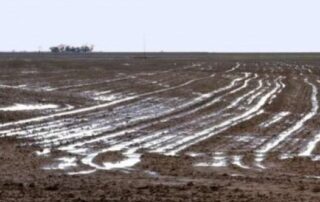


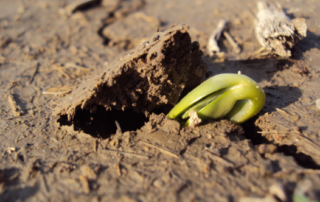
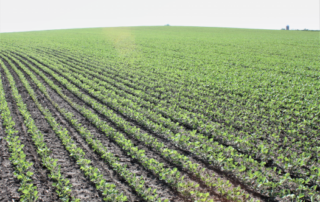
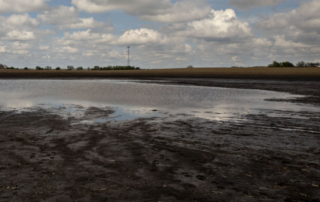
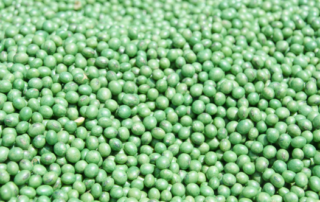
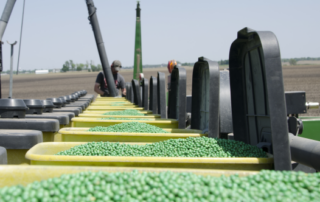
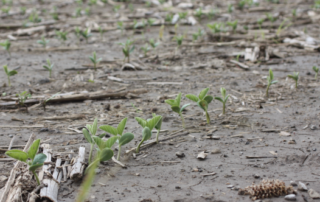


 and then
and then